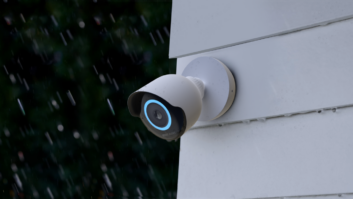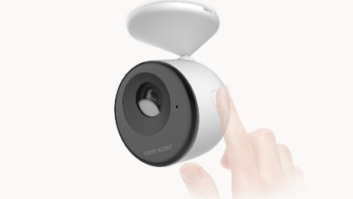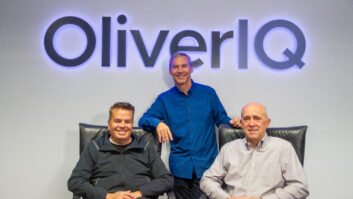
New research from Parks Associates reports that more than 6 percent of U.S. broadband homes currently own a robotic vacuum cleaner and adoption will exceed 11 percent by 2020. Home robots are emerging as a new category within the connected home and Internet of Things by focusing on single tasks that provide a compelling value proposition for consumers.
Robotic floor cleaners are the first phase of the consumer robotics market, which will gradually expand to include healthcare, home controls, toys, and education. The ultimate home robot will perform various tasks by mimicking human thought processes and movement. However, significant engineering challenges make it difficult for manufacturers to produce such a robot during the near-term.
Environment
Consumers commonly use home robots for housecleaning. While consumers would appreciate help with other household chores, each task that a robot performs has its own set of challenges. For instance, engineers may have difficulty designing robots to clean in confined spaces because the robot needs room to maneuver. Additionally, homes have diverse surfaces with varied levels of dirt. When cleaning these surfaces, robots may need to apply different amounts of pressure. To do this, they would need the capability to detect the different surface types and the robots themselves would need to be the right size to apply the correct amount of pressure.
Mimicking Human Motion
Today’s home robots lack arms and legs for a reason. Consider human limbs and appendages and the number of movements that it takes for humans to accomplish certain tasks. A robot would need the same flexibility and range of freedom as a human to create identical motion. Research labs are making progress, but mimicking human motion remains staggeringly complex.
While it will no doubt be accomplished, mimicking human thought and motion is a challenge of staggering complexity. The continued study of movement will aid the growth and development of robotics.
Perception
Humans perceive the world primarily through vision. Cameras embedded in a robot that replicateshuman vision can be impacted by a variety of factors. Since vision is sensitive to light, any changes in lighting can affect what the robot perceives. Virtually every lighting condition would need to be hardcoded into the robot – a challenging, if not impossible, task. Touch is another way of understanding the environment but tactile feedback development is in the early stages. Once robotic perception is resolved, it can open the door to new robotic functionality — seeing and manipulating objects is key for future development.
Learning vs. Programming
Once a robot has satisfactory perception levels for a task, it needs to take action. A robot can accomplish this through programming and learning. A robot must understand the dynamics of the objects within its frame and be able to predict what will happen after it completes the action. In other words, the robot would need to understand the situation to correctly perform.
A robot can be programmed for certain functions, and developers can update the programming based on the experiences ofrobots in homes that share similar experiences. Robotics companies can collect Cloud-based data from Internet-connected robotsto analyze usage and then remotely program the robots based on the usage habits of large populations.
Robotic learning is an alternative approach to programming. Through supervised learning, a remote control can train robots to demonstrate desired behavior. Reinforced learning, another potential training method, could train robots to move around, avoid obstacles, and grasp objects.
Privacy and Security
Robotics developers will utilize big data to understand device usage. To allow data access, robotic products must have Internet connectivity. Connected robots can store and share information in the Cloud. Developers can send information generated from the data and analytics to create task instructions rather than programming individual robots. The collection and sharing of data can speed up the learning process for robots and provide a more functional robot on a faster timeline.
Manufacturers will also face consumer concerns about privacy and security. As with any connected device, hackers can potentially access information collected, stored or transmitted by a connected robot.
Consumers may also have concerns about connected robots’ cameras and voice recognition. While consumers may allow shared vacuuming data, they will not want in-home conversations recorded or robot cameras to provide a live-stream of in-home occupancy. Robotics industry players need to design products with security and privacy as a core design factor rather than as an afterthought.
Consumer Acceptance
The success of home robotics depends on consumer acceptance. Consumers are likely to embrace robots that offer tangible benefits such as time savings and specific functionality that does not require human oversight. However, a robot must perform a job as well as or better than the person could do themselves. The home robotics industry will grow in small steps globally as companies work to overcome multiple barriers.
Barbara Kraus is research director at Parks Associates.












